Ronny Bar Profiles: German Fighters of the Great War Vol 1
by Ronny Bar
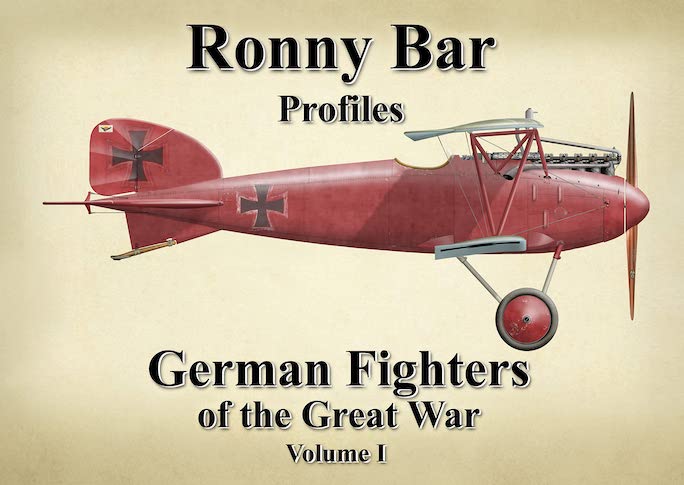
“I decided not to elaborate much on a text, since everything I can say about these aircraft has already been written by authors much more authorised than me, and since my forte is the profile artwork, and that’s what the readers will be looking for when buying this book, I had come to the conclusion that what I should do is focus on my aircraft profiles, and try to display them in a size that they can be observed to the smallest details, with a few captions that provide the basic data and some comments when I deemed necessary.”
Well, that is one long sentence but it just about sums it up, doesn’t it? We’ll put the book under the microscope anyway—because there are a few more bits of minutia with which to enlighten the reader.
The excerpt above is from Bar’s Preface, where he refers to the fact that during and even more so after the war the pilots’ exploits were played up by the government in such a way that they came to be regarded as the “rock stars” of their day, which seems an odd way of putting it until you consider that Bar (b. 1951, in Argentina; not to be confused with US country musician Ronnie Bar) himself was once a professional rock musician before he became a professional aircraft profiler.

This book is about single-seaters so what’s the guy in the “second” seat doing here (bottom right)? And doesn’t he look kinda . . . flat? He’s a tin decoy for a rear gunner!
If you’ve dipped so much as a toe into WWI aviation you must have encountered Bar’s work—in books, magazines, instructions for model kits, and other forms/media. All the big names in the field appear in the Acknowledgments, and many of them have used Bar’s illustrations.
There is no shortage of books of these sort of “technical” aircraft drawings so what elevates Bar’s is that he himself started out as a modeler and would have known first-hand what is so often missing or ambiguous. To that end, his profiles, which show six makers with multiple models/variants each (except one) are all at the same scale; the top/bottom views are also at the same scale to each other but smaller than the side views, for the obvious reason that they wouldn’t fit otherwise and if you had to make a choice, making the sides larger is of greater use to the modeler. Likewise, since the drawings are based on period photos which would have been b/w, possibly hand-colored which would have been done without regard to actual realistic coloring, the artist has to do deep research (or use his judgement if there isn’t any) to determine accurate coloration (the Red Baron’s red aircraft are a perfect example of having been imagined way too bright for way too long). Also, the artist has to be able to translate whatever angle a photo was shot at into a flat profile view (critical, cf., for lining up the flow of camo paint or markings). Bar goes further: he will draw, say, bullet hole patches, parts that had been replaced in the field due to a specific incident, overpainted markings, and custom/nonstandard equipment (weapons, instruments, even headrests or the like) to render a specific aircraft at a specific moment in time and those details are called out in the captions . . . provided, see above, Bar thought it necessary.
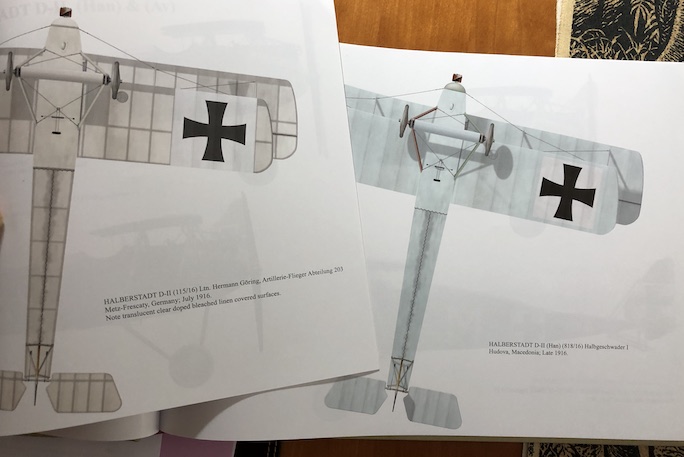
Same model, two different pages: note how only the bottom page shows the shadows cast by the undercarriage, rudder, lower wing, and struts. Helpful? Would consistency be better? Also observe that the faint underside of the iron cross on the upper wing is only shown on the top page. The reason is probably that Bar in some cases repurposed existing drawings that had been done for other uses at different times.
Now, it takes just about no time to come across captions that leave something unsaid; it begins right with the first page of drawings. Consider it a litmus test of your powers of observation if [a] you can on your own spot differences (every time a caption is more than three lines long take that as a cue that there will be details disclosed, so don’t cheat by simply reading the caption!) or [b] hunt for differences unprompted on your own. There will be plenty, which will then inevitably give rise to asking why they were not called out and what exactly is shown.
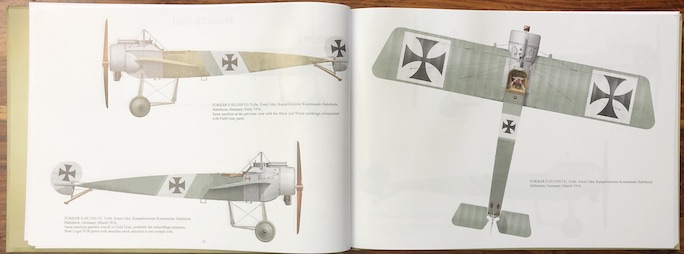
This spread clearly illustrates that the scale of the top/bottom view is/has to be smaller than the side views, simply to fit the available page size. The left page also illustrates another point: same model, same pilot, but a few weeks apart, hence a different color/marking scheme and the bottom machine has a sidearm attached to the starboard fuselage by the cockpit. The captions are longer than two lines so you know to expect additional detail. (As an aside, the pilot is Ernst Udet, the highest-scoring German fighter pilot to survive the war; he would go on to become a Colonel-General in the next one and the Luftwaffe’s Chief of Procurement and Supply but committed suicide early on.)
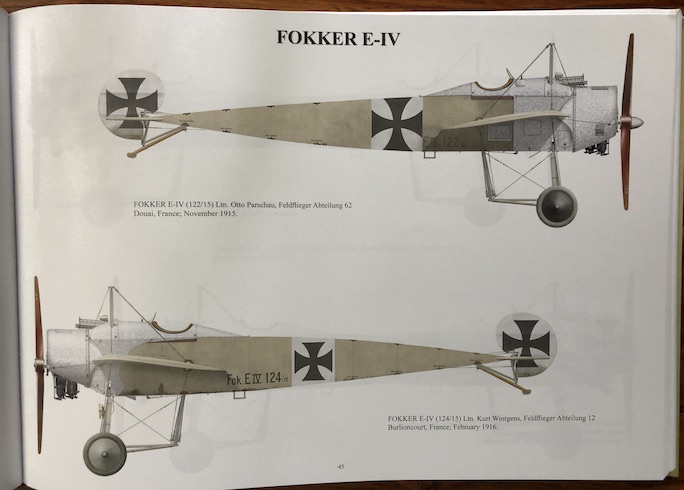
But now consider this (the photo as reproduced here is of course smaller than the printed book in which a page is 11″ wide): same model both times, same theater of operations, a few months apart. The captions are each two lines so you’d think there must not be anything else to say. Except, there are at least seven items different in the bottom machine (and they have nothing to do with the opposite side being shown). Start at the propeller spinner and work your way backwards. Slowly. If you didn’t notice that the props and spinners don’t match, go to the back of the class and don’t quit your day job. Even if you find them all (and there may be more than seven) you’d have to be a supergeek to know what you’re looking at.
There are enough cases like this to question the author’s MO of intentionally keeping the captions short. On the one hand this makes the book more “interesting” but on the other hand it will frustrate anyone but the expert and it seems a missed opportunity to make a good book better.
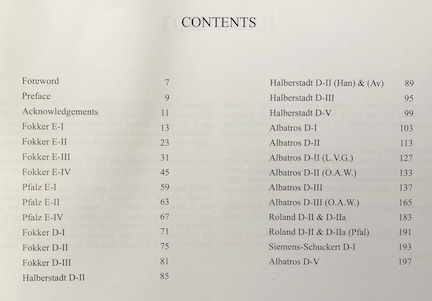 The aircraft are mono- and biplanes, all are single-seater fighters, and represent “the most important” German machines of this kind. The makes shown are Fokker, Pfalz, Halberstadt, Albatros, Roland, Siemens-Schuckert but the order is roughly chronological by model (July 1915–May 1918), meaning there is [a] some timeline overlap and [b] some makers appear in more than one spot throughout the book. This description sounds more complicated than it is and is probably of no practical detrimental consequence to the user (and to this reviewer makes total sense) especially when we keep in mind that the presumed audience for this book is the advanced reader who will have other resources to hand.
The aircraft are mono- and biplanes, all are single-seater fighters, and represent “the most important” German machines of this kind. The makes shown are Fokker, Pfalz, Halberstadt, Albatros, Roland, Siemens-Schuckert but the order is roughly chronological by model (July 1915–May 1918), meaning there is [a] some timeline overlap and [b] some makers appear in more than one spot throughout the book. This description sounds more complicated than it is and is probably of no practical detrimental consequence to the user (and to this reviewer makes total sense) especially when we keep in mind that the presumed audience for this book is the advanced reader who will have other resources to hand.
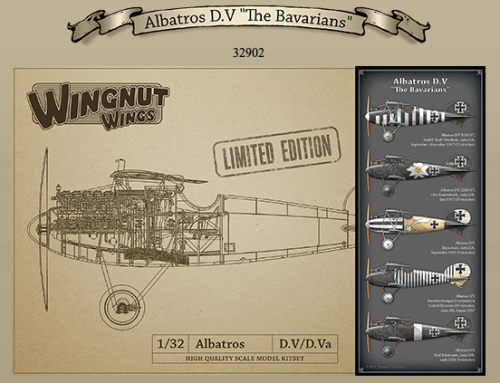 Speaking of other resources: one of Bar’s clients is (well, was) kit model maker Wingnut Wings in New Zealand that had been founded by a very serious aircraft buff, Peter Jackson, he of Tolkien movies fame. Their large-scale models (1/32, which translates to about 30 by 20 cm) had a superb reputation for detail and accuracy which also extended to the descriptions (and, obviously, Bar’s illustrations [see example here]) and even though the business folded during the pandemic, those descriptions (specs, dimensions, history etc.) are still on their website. There is a lot of info there, and totally free, but obviously limited to the several dozen models and lacking overarching big-picture context. Still, a great resource—that won’t last forever! The successor company, Kōtare Models, at this time has only two kits in the catalog (higher prices, the horror) and kept the fine descriptions.
Speaking of other resources: one of Bar’s clients is (well, was) kit model maker Wingnut Wings in New Zealand that had been founded by a very serious aircraft buff, Peter Jackson, he of Tolkien movies fame. Their large-scale models (1/32, which translates to about 30 by 20 cm) had a superb reputation for detail and accuracy which also extended to the descriptions (and, obviously, Bar’s illustrations [see example here]) and even though the business folded during the pandemic, those descriptions (specs, dimensions, history etc.) are still on their website. There is a lot of info there, and totally free, but obviously limited to the several dozen models and lacking overarching big-picture context. Still, a great resource—that won’t last forever! The successor company, Kōtare Models, at this time has only two kits in the catalog (higher prices, the horror) and kept the fine descriptions.
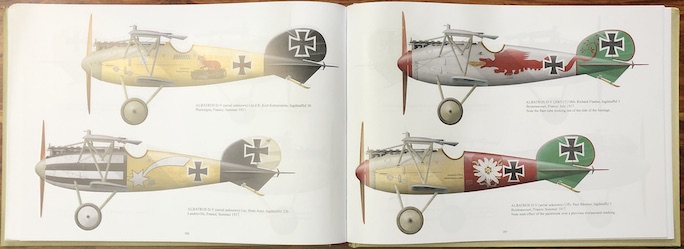
Replicating these markings will bring modelers to their knees.
Nitpicking but true nonetheless: it is common for books in this genre to have inconsistencies in foreign abbreviations, spellings, punctuation, correct plurals etc. etc. Often they can be identified/ignored right away and without ambiguity—but in this book the small Belgian town of Marckebeke which was a known German base is referenced several times, then a few pages/weeks later “Marcke, Belgium” pops up. The National Geospatial-Intelligence Agency shows it at almost the same coordinates, so is Bar taking us to the same place here?
If “engagement” with a book is a measure of its utility then this one will keep you plenty engaged, and we mean this in an entirely positive way. Or you can just skip that part and merely look at hundreds of pretty pictures.
 In the Fall of 2023 there will be a second volume, bigger (~470 illustrations) and therefore more expensive ($60), that will cover the late-war period i.e. Albatros D-Va to the all-metal Junkers D-I.
In the Fall of 2023 there will be a second volume, bigger (~470 illustrations) and therefore more expensive ($60), that will cover the late-war period i.e. Albatros D-Va to the all-metal Junkers D-I.
Lastly, there had been an earlier book in this series, also by Bar, British Two Seaters of the Great War (2021). All of the above pretty much applies.
Copyright 2023, Sabu Advani (Speedreaders.info)


 RSS Feed - Comments
RSS Feed - Comments


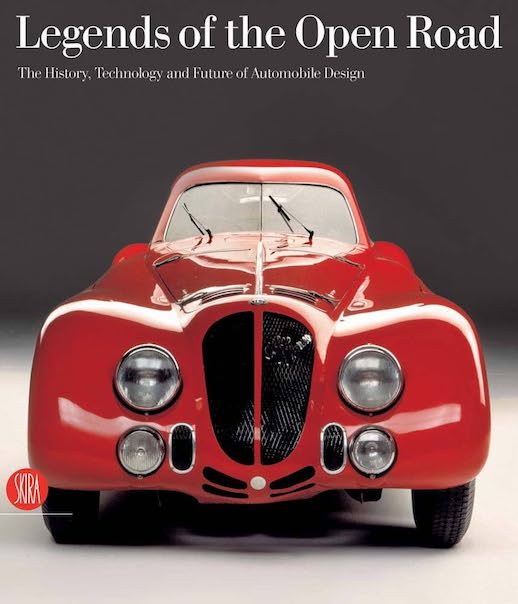

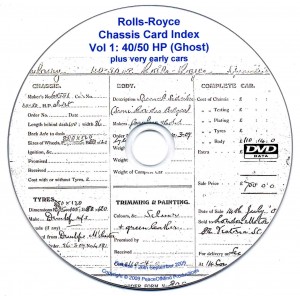
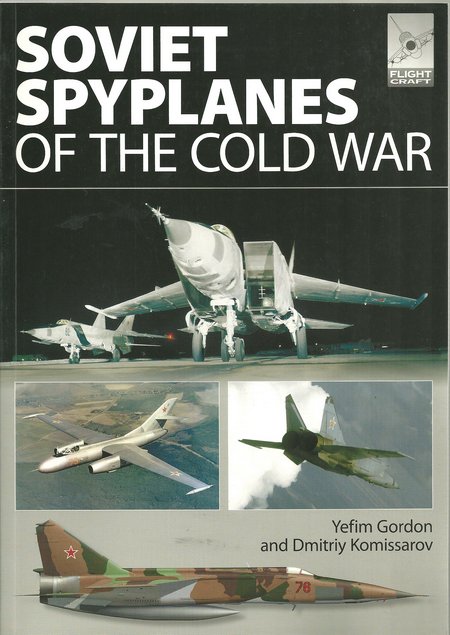
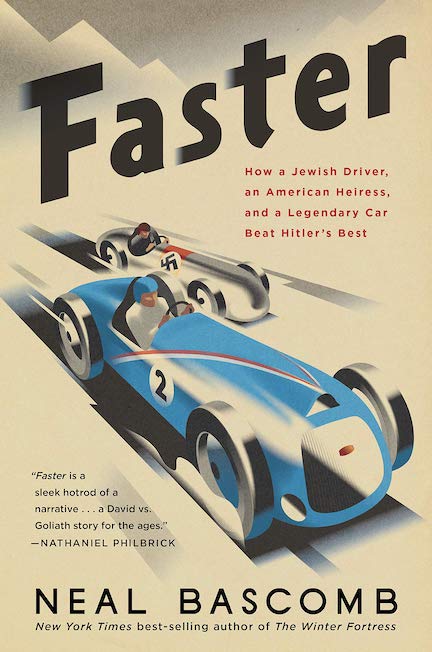


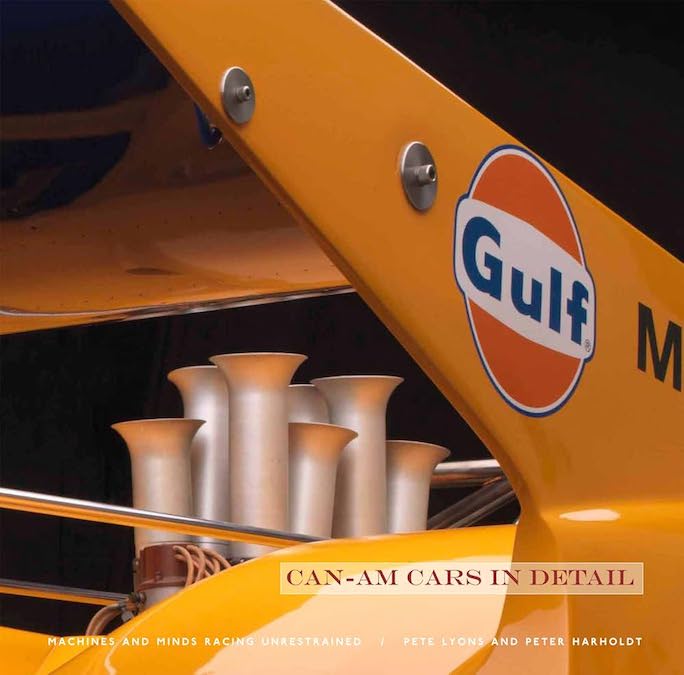


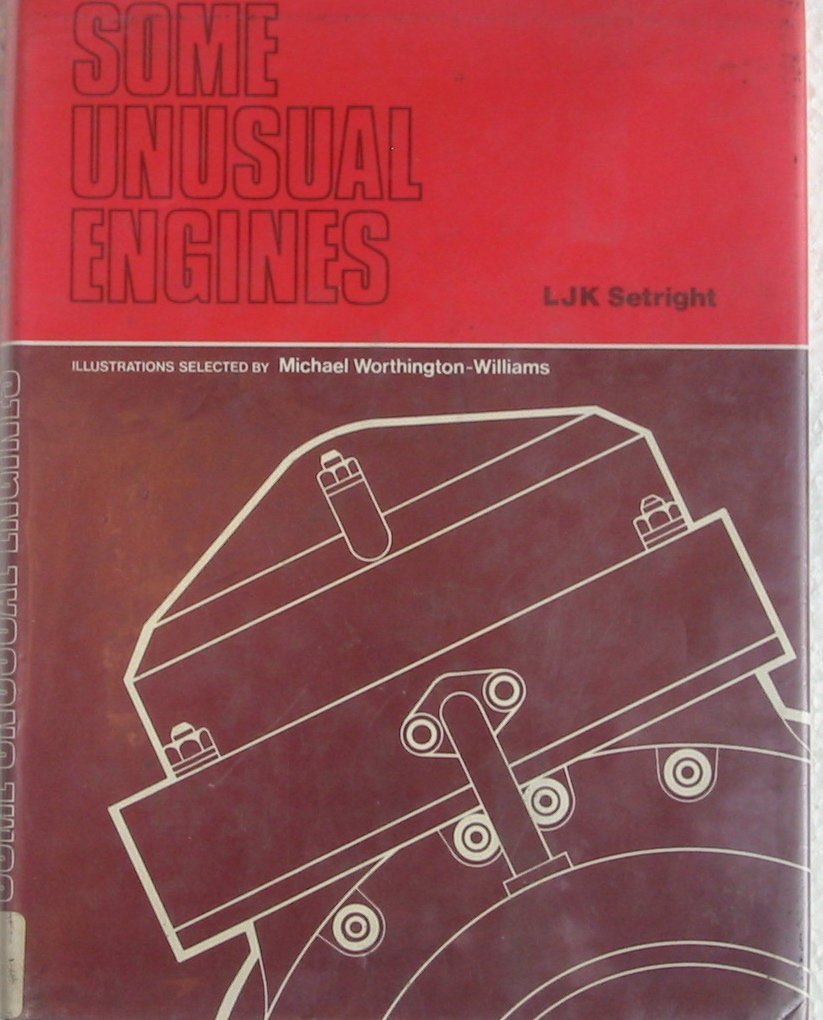
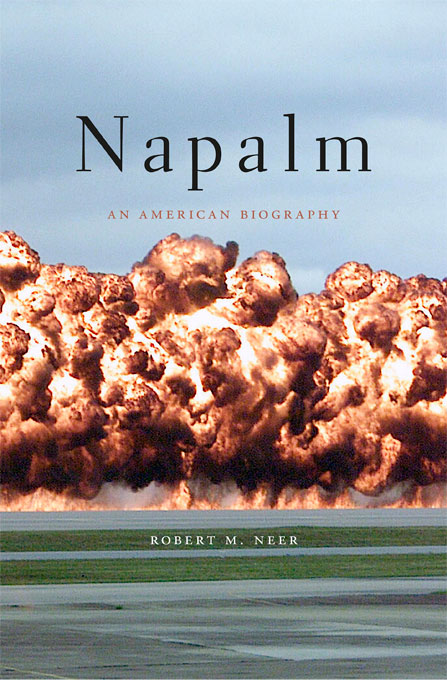
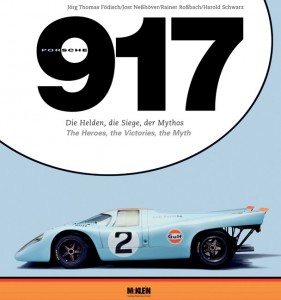

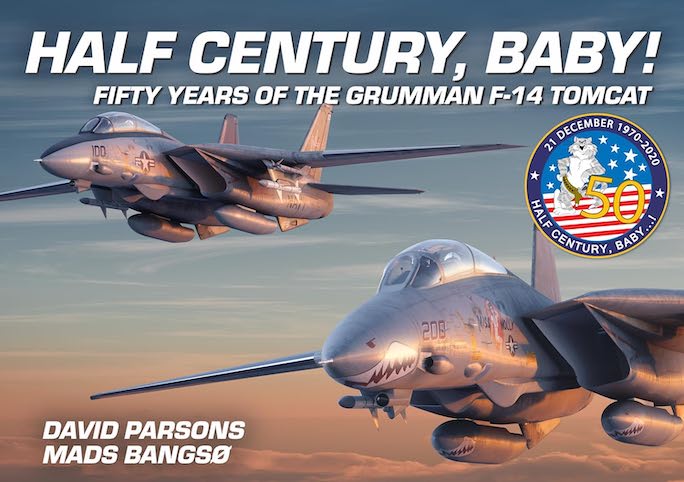


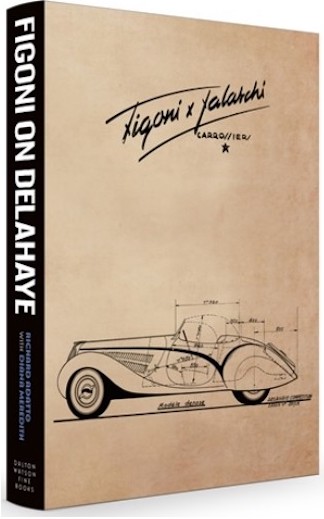

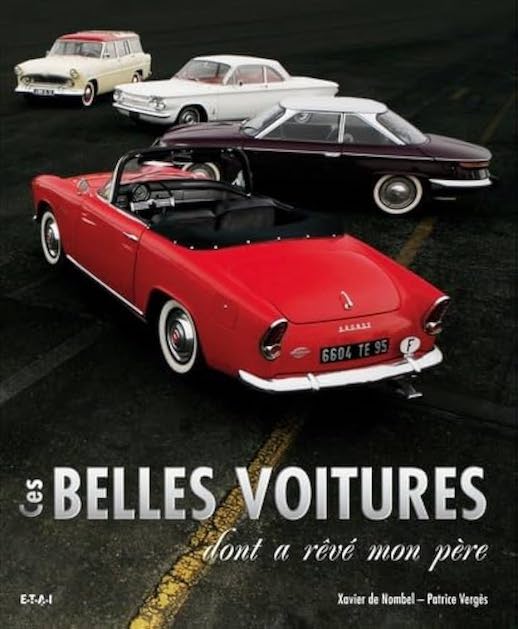


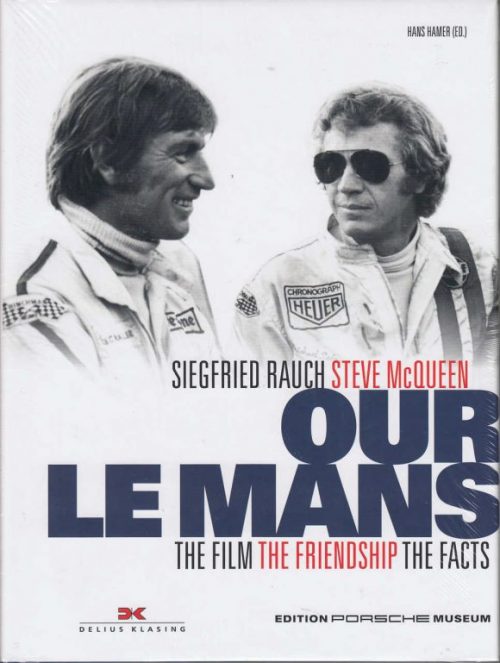



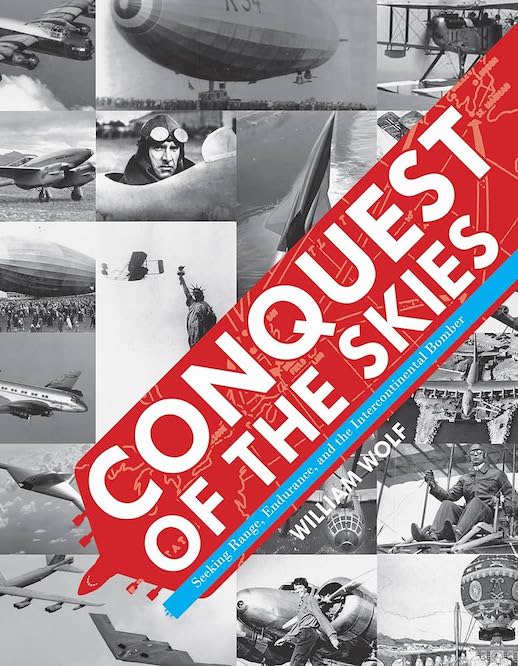





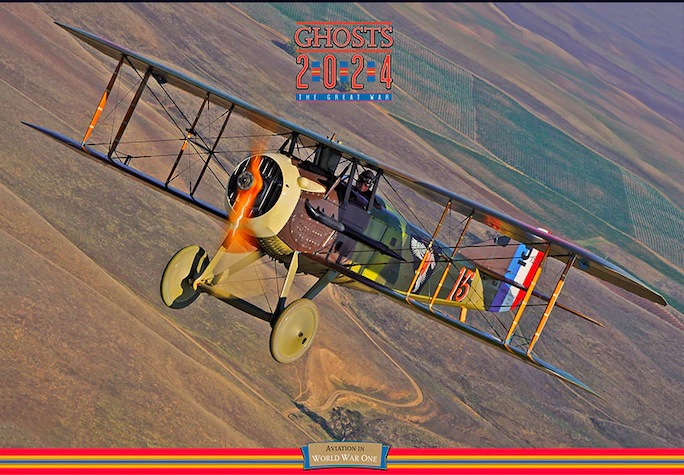


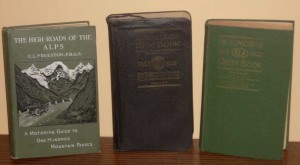
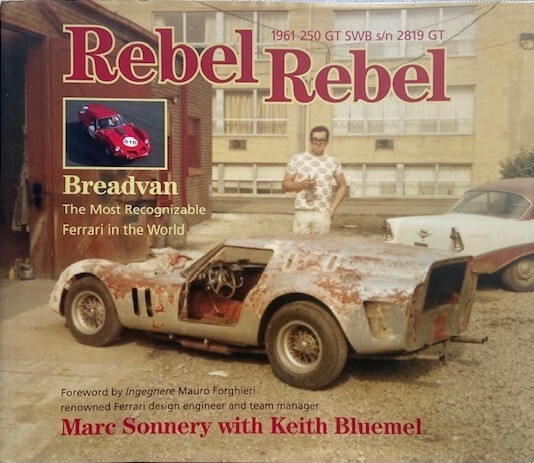

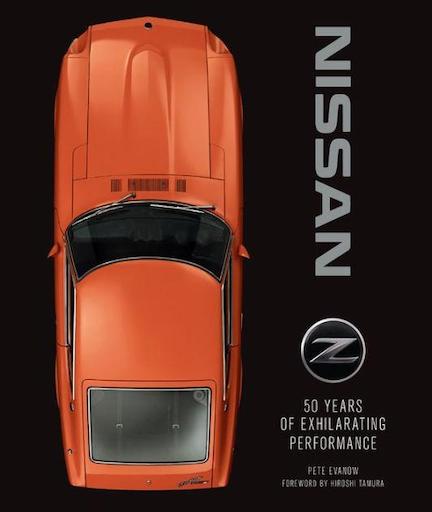

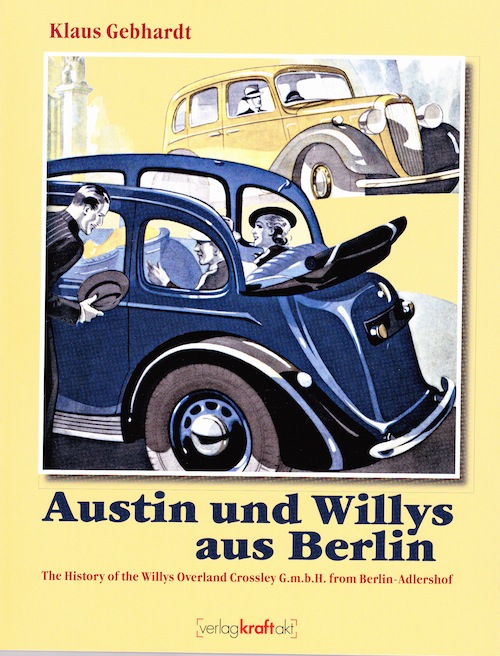
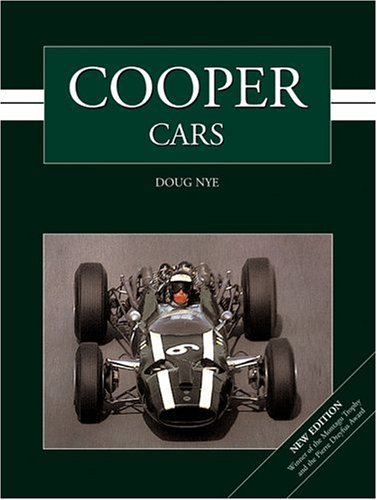

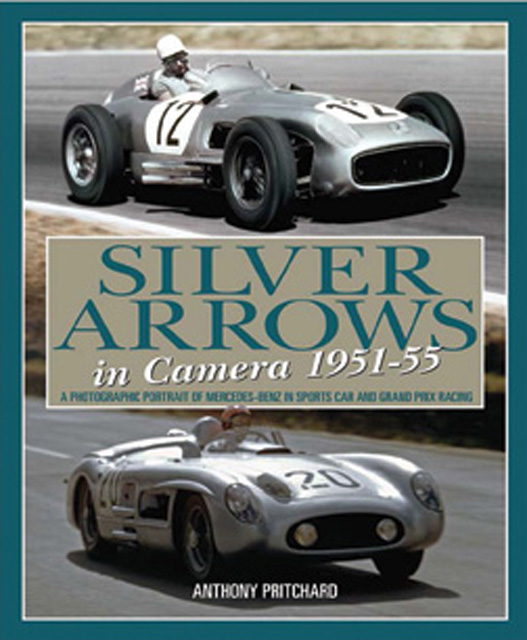
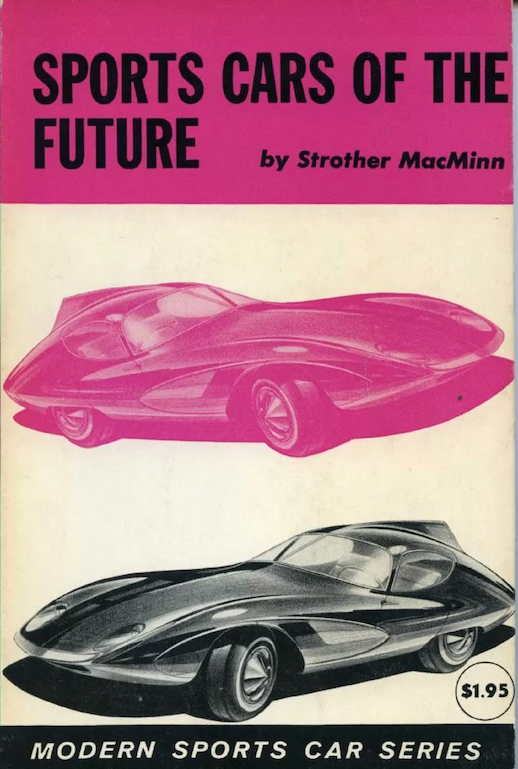
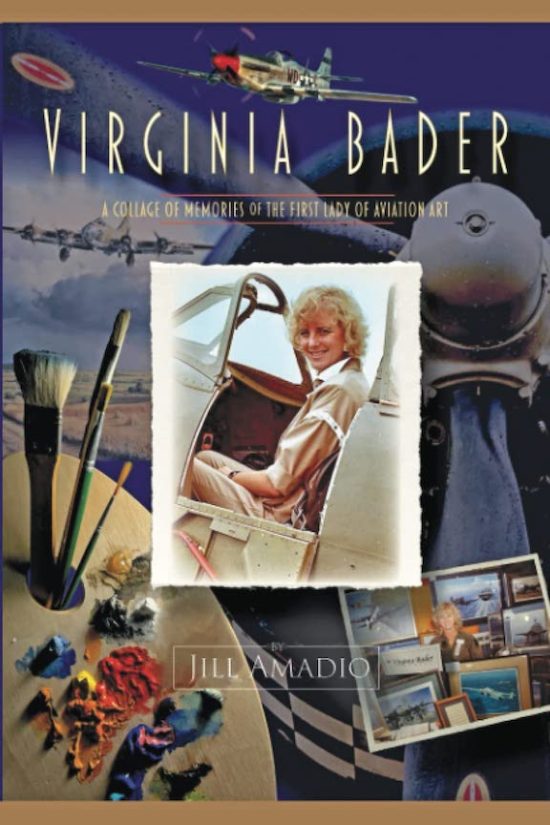




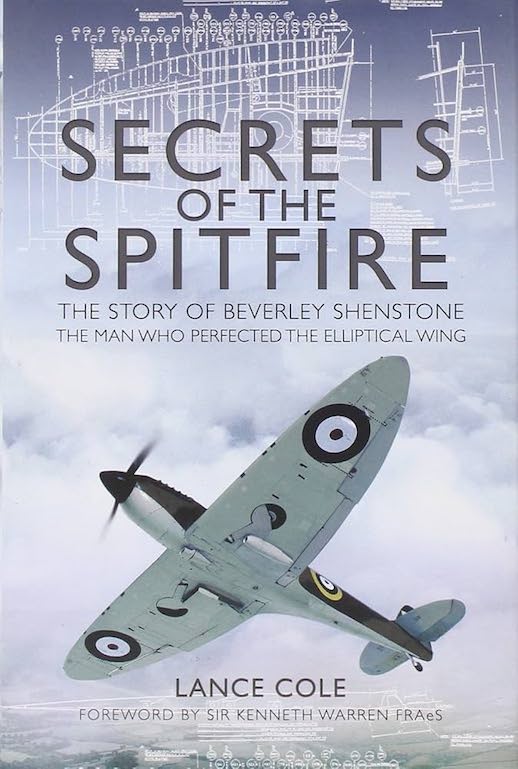




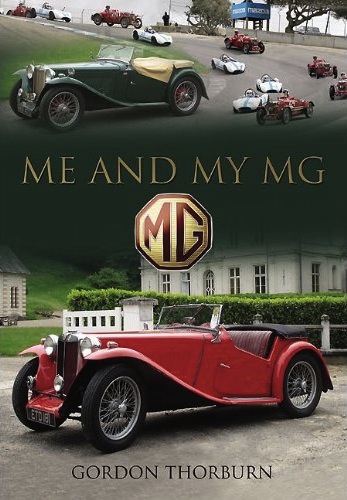




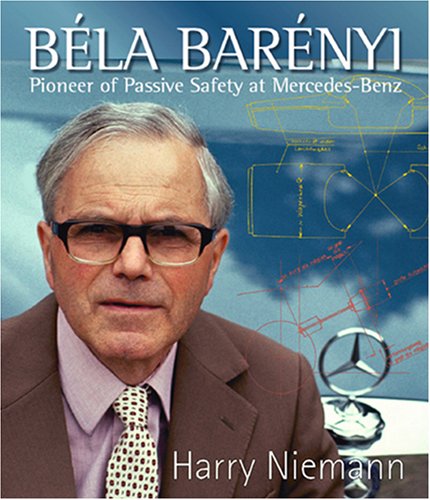


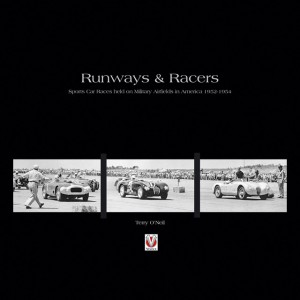
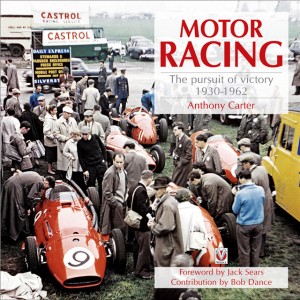


 Phone / Mail / Email
Phone / Mail / Email RSS Feed
RSS Feed Facebook
Facebook Twitter
Twitter